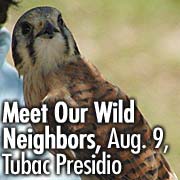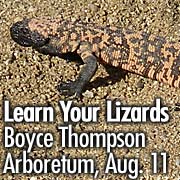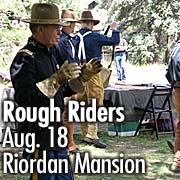Every spring, 15 major league baseball teams arrive in Arizona for the Cactus League spring training season to prep for the upcoming MLB season. Beginning March 2, baseball fans visiting spring training from around the U.S. can benefit from nearby Encore RV Resorts for accommodations.
While the area offers an assortment of activities, spring training is atop Arizona visitor's must-see lists this time of year. Whether attending games or team practices, fans experience an atmosphere with fewer barriers between spectators and players with daily games scheduled at centrally located stadiums. For more information on the Cactus League and the spring training schedule visit
www.CactusLeague.com.
RV travelers who want the best in resort-style amenities can choose from 19 different Encore RV Resorts locations across Arizona. Each offers unique amenities and activities, such as swimming pools, spas, fitness centers, lounges, sports courts, organized activities, Wi-Fi access and more.
To book a visit to any of these premier Encore RV Resorts in the Arizona area, call (866) 730-0637.
•Araby Acres RV Resort, 6649 E. 32nd St., Yuma, AZ 85365
•Cactus Gardens RV Resort, 10657 South Ave. 9-E, Yuma, AZ 85365
•Capri RV Resort, 3380 S. 4th Ave., Yuma, AZ 85365
•Casita Verde RV Resort, 2200 N. Trekell Road, Casa Grande, AZ 85122
•Countryside RV Resort, 2701 S. Idaho Road, Apache Junction, AZ 85219
•Desert Paradise RV Resort, 10537 South Ave., 9E, Yuma, AZ 85365
•Desert Vista RV Resort , 64812 Harcuvar Dr., Salome, AZ 85348
•Fiesta Grande RV Resort, 1511 E. Florence Blvd., Casa Grande, AZ 85122
•Foothill Village RV Resort –12705 E. South Frontage Road, Yuma, AZ 85367
•Foothills West RV Resort, 10167 N. Encore Drive, Casa Grande, AZ 85222
•Golden Sun RV Resort, 999 W. Broadway Ave., Apache Junction, AZ 85120
•Mesa Verde RV Resort, 3649 S. 4th Ave., Yuma, AZ 85365
•Monte Vista RV Resort, 8865 E. Baseline Rd., Mesa, AZ 85209
•Paradise RV Resort, 10950 W. Union Hill Dr., Sun City, AZ 85373
•Suni Sands RV Resort, 1960 E. 32nd St., Yuma, AZ 85365
•Valley Vista RV Resort, 1060 S. Highway 80, Benson, AZ 85602
•Venture In RV Resort, 270 N. Clark Road, Show Low, AZ 85901
•ViewPoint RV & Golf Resort – 8700 E. University Dr., Mesa, AZ 85207
•Voyager RV Resort, 8701 S. Kolb Road, Tucson, AZ 85756



























